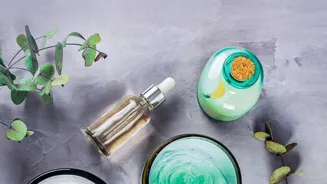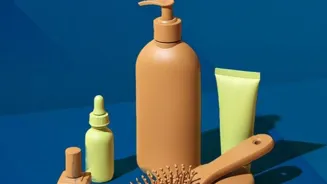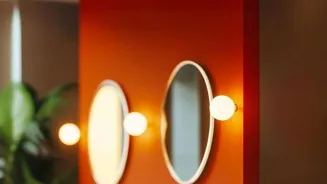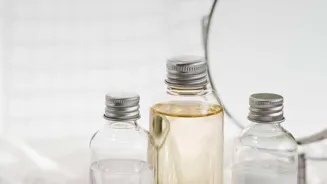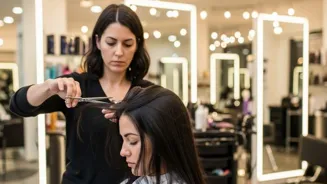Transform your hair game with 5 essential tips for salon-quality hair at home. Easy steps for healthier, shinier hair!
In today’s busy world, who has the time (or the budget!) for regular salon visits?
We all want that glossy, healthy hair, but hitting the salon every few weeks can be challenging. The good news is, achieving salon-worthy results at home is totally possible!
It just takes a little knowledge and the right techniques. Forget complicated routines and expensive products; here are five essential tips to transform your hair game right from your own bathroom.
These simple changes can make a huge difference and get you on the path to healthier, shinier, and more manageable hair. We'll cover everything from choosing the right shampoo to mastering the art of the perfect blow-dry.
First things first
Understanding your hair type is crucial. Is your hair oily, dry, normal, or combination? Fine, medium, or thick? Straight, wavy, curly, or coily? Knowing your hair's unique characteristics will help you choose the right products and techniques.
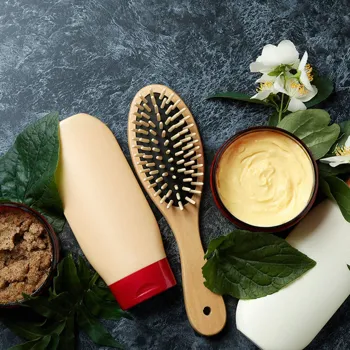
For instance, someone with oily hair should avoid heavy conditioners, while someone with dry hair needs to focus on moisturizing and hydrating products. Similarly, curly hair requires different handling than straight hair to prevent frizz and breakage.
Once you identify your hair type, research products specifically formulated for it. Read reviews, ask friends for recommendations, and don’t be afraid to experiment until you find what works best for you. Remember, what works for one person might not work for another, so be patient and persistent.
Also, consider your scalp health. A healthy scalp is the foundation for healthy hair. If you have dandruff or an itchy scalp, address those issues first before focusing on the rest of your hair. You could try using a clarifying shampoo once a week to remove buildup and keep your scalp clean.
Choose sulphate-free for gentle cleansing; focus conditioner on ends
Choosing the right shampoo and conditioner is more than just picking the prettiest bottle. Sulphate-free shampoos are generally gentler on the hair and scalp, especially for those with colored or chemically treated hair.
They cleanse without stripping away natural oils, leaving your hair feeling softer and less dry. Look for shampoos that address your specific hair concerns, like volume, smoothness, or damage repair. When it comes to conditioner, focus on the ends of your hair, where it’s usually driest.
Avoid applying conditioner to your scalp, as this can weigh down your roots and make your hair look greasy. Leave the conditioner on for a few minutes to allow it to penetrate the hair shaft and provide maximum hydration. Rinse thoroughly with cool water to seal the cuticle and add shine.
Remember, a little goes a long way with both shampoo and conditioner. Using too much product can lead to buildup and make your hair dull and lifeless. So, start with a small amount and add more if needed.
Deep conditioning hydrates hair, improves texture and manageability
Deep conditioning is like a spa day for your hair. It provides intense hydration and nourishment, leaving your hair feeling soft, smooth, and healthy. Incorporate a deep conditioning treatment into your routine at least once a week, or more often if your hair is particularly dry or damaged.
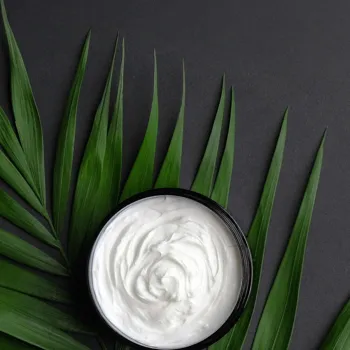
There are many great deep conditioners available in the market, but you can also make your own with ingredients you probably already have in your kitchen. For example, a mixture of coconut oil and honey can work wonders for dry hair.
Apply the deep conditioner to clean, damp hair, focusing on the ends. Cover your hair with a warm towel or a shower cap to trap heat and help the conditioner penetrate deeper. Leave it on for at least 20-30 minutes, or even longer for a more intense treatment. Rinse thoroughly with cool water.
You'll notice an immediate difference in the texture and manageability of your hair.
Protect hair from heat styling with proper techniques and products
Heat styling can be damaging to your hair, but sometimes it’s necessary. If you use heat styling tools regularly, it’s essential to protect your hair with a heat protectant spray. This creates a barrier between your hair and the heat, minimizing damage and preventing breakage.
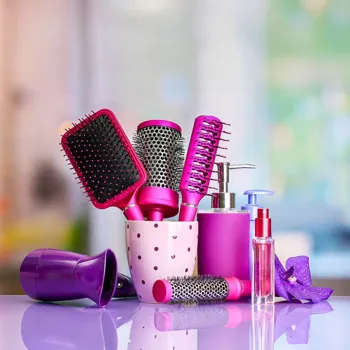
Always use your heat styling tools on the lowest heat setting possible to achieve your desired style. Avoid holding the tool in one spot for too long, as this can cause excessive damage. When blow-drying your hair, use a nozzle attachment to direct the airflow and prevent frizz.
Dry your hair in sections, focusing on the roots first. For a smooth, salon-worthy finish, use a round brush to create volume and shape. Remember to be gentle with your hair and avoid pulling or tugging, which can lead to breakage.
Consider air-drying your hair whenever possible to give it a break from the heat.
Proper drying techniques essential for healthy hair
Proper drying techniques are just as important as the products you use. Avoid rubbing your hair vigorously with a towel, as this can cause frizz and breakage. Instead, gently blot your hair with a microfiber towel or an old t-shirt to absorb excess water.
If you’re blow-drying your hair, use the cool setting for the last few minutes to seal the cuticle and add shine. Let your hair air-dry as much as possible before blow-drying to minimize heat damage. If you have curly hair, use a diffuser attachment to dry your curls without creating frizz.
Encourage your natural curl pattern by scrunching your hair as you dry. Remember, patience is key when it comes to drying your hair. Rushing the process can lead to frizz and uneven results.
Regular trims maintain healthy hair; trim every 6-8 weeks
Finally, regular trims are essential for maintaining healthy hair. Even if you’re trying to grow your hair long, trimming off split ends will prevent them from traveling up the hair shaft and causing further damage. Aim to get a trim every 6-8 weeks to keep your hair looking its best.
You can trim your hair at home if you’re confident, or you can visit a salon for a professional trim. Remember to communicate your desired length to your stylist to avoid any unwanted surprises.
In addition to trimming, consider incorporating other hair care treatments into your routine, such as scalp massages, hair masks, and oil treatments. These treatments can help to improve the overall health and appearance of your hair.
By following these five essential tips, you can achieve salon-quality hair at home without breaking the bank.
AI Generated Content. Glance/InMobi shall have no liability for the content